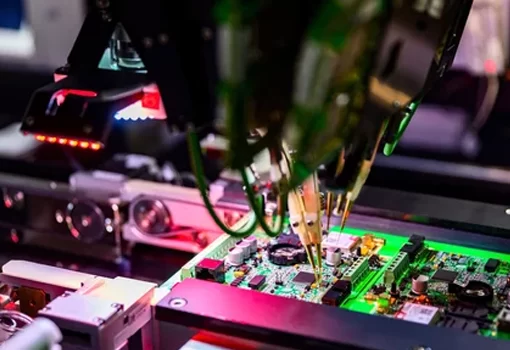Santa Clara, Calif. – November 28, 2018 – Liquid biopsy holds the potential for being a key technology to detect cancer at very early stages. With an estimated addressable market potential of greater than $100 billion across all cancer types just in the United States, the technology can be a game-changer if integrated with national cancer screening guidelines across the world. The short-term applications of liquid biopsy range from risk assessment to cancer recurrence monitoring and can offer advantages over traditional tissue-based gold standard methods. However, challenges such as the high cost of next-generation sequencing, lack of consistent reimbursement models, and the establishment of clinical utility of mutation and clinical evidence have all emerged as significant barriers for investment and adoption.
“Liquid biopsy has a potential to displace current imaging and tissue-based diagnostics if they can establish the same level of specificity and sensitivity. Given that, prognosis and early detection for cancer remains an underpenetrated area, and they can help detect cancer at an earlier stage and help reduce the healthcare expenditure by at least 25% given their cheaper cost when compared to an imaging screening modality,” said Divyaa Ravishankar Industry Principal Transformational Health. “Pharma companies and venture capitalists have invested over $1.2 billion in 2018, making this one of the booming areas in life sciences.”
Frost & Sullivan’s recent analysis, Growth Opportunities in the Global Liquid Biopsy Market, 2018, highlights the guidance for investment bankers, the best practices to bring a successful liquid biopsy test to market, technological challenges, barriers to growth, unconventional growth strategies for first-movers, and product entry strategies for broader adoption.
Companies that are eager to grow within the early-stage liquid biopsy market can find opportunities by developing liquid biopsy solutions that can be:
- Used as a tool to predict the response to existing drug therapies;
- Applied as an early diagnosis (prognosis and screening) tool, which is the largest market segment with the fewest competitors in today’s marketplace;
- Implemented as a test for less routine cancers, such as ovarian and endometrial cancers, as well as head and neck cancers.
“Reimbursement and acceptance in the clinical community remain challenges for liquid biopsy tests,” noted Ravishankar. “To aid in broader technology adoption, careful consideration should be given to constructing clinical utility and validation studies. In addition, Liquid biopsy assays must demonstrate sufficiently high specificity and sensitivity showing technically superior results in comparison to existing imaging or screening and diagnostic modalities.”
Growth Opportunities in the Global Liquid Biopsy Market, 2018 is the latest addition to Frost & Sullivan’s Life Sciences research and analyses, available through the Frost & Sullivan Leadership Council, which helps organizations identify a continuous flow of growth opportunities to succeed in an unpredictable future.




